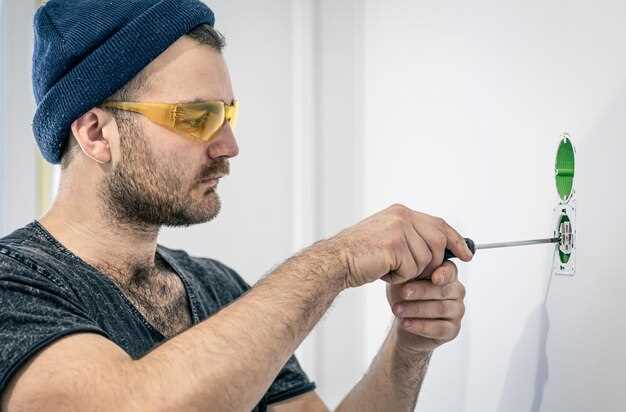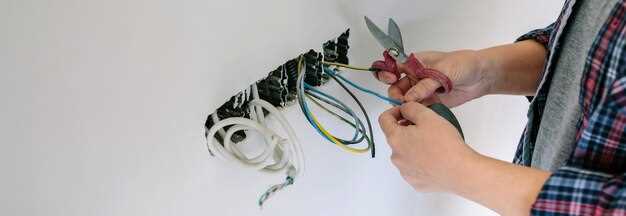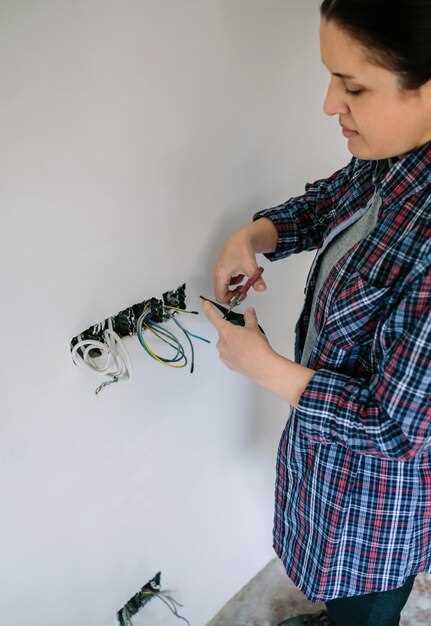
How to Deal with Wiring Problems
- Arthur Rodriquez
- 0
- Posted on

Wiring issues in a car can lead to a myriad of problems, affecting everything from the vehicle’s performance to the functionality of essential components. Understanding the intricacies of automotive wiring is crucial for diagnosing and fixing these issues effectively. Whether you are dealing with a malfunctioning electrical system or need to upgrade certain wiring components, having the right approach can save you time and money.
One common issue car owners face is wear and tear on old wiring, often resulting in shorts, breaks, or corrosion. Identifying the signs of faulty wiring is the first step toward resolving these issues. Tools such as a multimeter can help you test for continuity and ensure that every part of the wiring system is functioning properly. Moreover, familiarizing yourself with the wiring diagram specific to your vehicle model is essential for making accurate repairs.
In this article, we will explore practical solutions and tips for addressing wiring problems. From simple fixes like reconnecting loose terminals to more complex tasks such as replacing damaged wire harnesses, you will learn how to tackle wiring issues confidently. With the right knowledge, you can keep your car’s electrical system running smoothly and enhance its overall reliability.
Identifying Common Wiring Problems in Cars

Wiring issues in cars can lead to a variety of malfunctions, making it essential for car owners to identify problems early. Below are some common wiring problems and tips for their identification.
- Frayed Wires: Look for visible signs of wear on wires. Frayed or exposed wires can lead to shorts and are often found in high-movement areas, such as near the engine or under the dashboard.
- Corroded Connectors: Check electrical connectors for corrosion or rust. Discoloration or a greenish tint typically indicates corrosion, which can interfere with connections and cause failure in electrical systems.
- Loose Connections: Inspect connections at various points, including battery terminals and fuse boxes. Loose connections can cause intermittent issues and should be tightened as part of routine maintenance.
- Malfunctioning Sensors: Many systems rely on sensors that can fail if wiring is compromised. If you experience issues with features like automatic lights or traction control, check the wiring related to these sensors.
- No Power to Components: If specific components such as lights or the radio are not functioning, check their wiring harness for breaks or disconnections. Utilize a multimeter to test continuity.
Regular visual inspections and attention to warning signs can help in detecting these common wiring problems before they escalate into more significant repair issues. Taking proactive measures can save time and improve the reliability of your vehicle.
Tools and Materials Needed for Car Wiring Repairs
When it comes to car wiring repairs, having the right tools and materials is essential for achieving a reliable and effective solution. Here is a comprehensive list of what you will need:
Hand Tools: Start with basic hand tools such as wire cutters, wire strippers, and crimping tools. These are crucial for cutting wires to length, removing insulation, and securely connecting wires.
Screwdrivers: A set of screwdrivers, including both flathead and Phillips types, is necessary for loosening and tightening any screws that may secure electrical components.
Multimeter: This tool allows you to measure voltage, current, and resistance, helping diagnose wiring issues efficiently. A multimeter is vital for testing circuit functionality.
Heat Gun or Soldering Iron: For permanent connections, a soldering iron, paired with solder, provides a strong bond between wires. Alternatively, a heat gun can be used for shrinking heat-shrink tubing, which offers additional insulation and protection.
Wire Connectors: Use various types of wire connectors, such as butt connectors, spade connectors, and ring terminals, to join wires securely. Make sure to select connectors that match your wire gauge.
Electrical Tape: This is essential for insulating exposed wires and securing connections. It helps prevent short circuits and provides protection against moisture.
Wire Loom or Cable Sheathing: Protect your wiring from abrasion and environmental damage by using wire loom or cable sheathing. These materials help organize and bundle wiring for a cleaner installation.
Fuses and Relays: Keep a selection of fuses and relays on hand to replace any that may be blown or malfunctioning. Proper fusing is critical to prevent electrical overloads.
Safety Gear: Always wear safety glasses and, if necessary, gloves when working on car wiring. Protecting yourself while handling electrical components is important for avoiding injury.
By equipping yourself with these tools and materials, you will be well-prepared to tackle any car wiring repair efficiently and effectively.
Step-by-Step Guide to Replacing Faulty Wires

Replacing faulty wires in your car is essential for ensuring its optimal performance and safety. Follow this practical guide to perform the repair effectively.
Step 1: Gather Necessary Tools and Materials
Before you begin, make sure you have the right tools. You’ll need wire cutters, a wire stripper, electrical tape, soldering iron, and replacement wire of appropriate gauge. Ensure that you have a multimeter to test the connections.
Step 2: Disconnect the Battery
To prevent any electrical shock or short circuit, start by disconnecting the car battery. Always remove the negative terminal first, followed by the positive terminal.
Step 3: Identify the Faulty Wires
Use a multimeter to locate the faulty wires. Check for continuity in the wires that are suspected to be damaged. A lack of continuity often indicates that the wire needs replacement.
Step 4: Access the Wiring Area
Depending on the location of the faulty wiring, you may need to remove panels or other components. Take care to avoid damaging any surrounding parts while accessing the wiring.
Step 5: Cut and Remove the Damaged Wire
Once you have identified the specific faulty wire, carefully cut it using wire cutters. Make sure to remove the entire section that is damaged, leaving enough length for splicing in the new wire.
Step 6: Strip the Ends of the Wires
Use a wire stripper to remove a small portion of insulation from both ends of the remaining wire and the new replacement wire. Ensure that you expose enough copper to make a secure connection.
Step 7: Connect the New Wire
Twist the exposed ends of the new wire to the remaining wire. For a more secure connection, you may choose to solder the wires together and then cover the joint with electrical tape.
Step 8: Test the Connection
Before reassembling everything, use the multimeter to ensure that your new connection works properly. Check for continuity and ensure that there are no shorts in the system.
Step 9: Reassemble and Reconnect the Battery
Carefully reassemble any panels or components that were removed. Once everything is back in place, reconnect the battery terminals. Start the car to verify that the repair was successful.
Step 10: Monitor for Issues
After the repair, keep an eye on the affected area for any signs of further issues. Regular checks can help ensure long-term reliability in your car’s electrical system.